1. Crocodiles Can Climb Trees
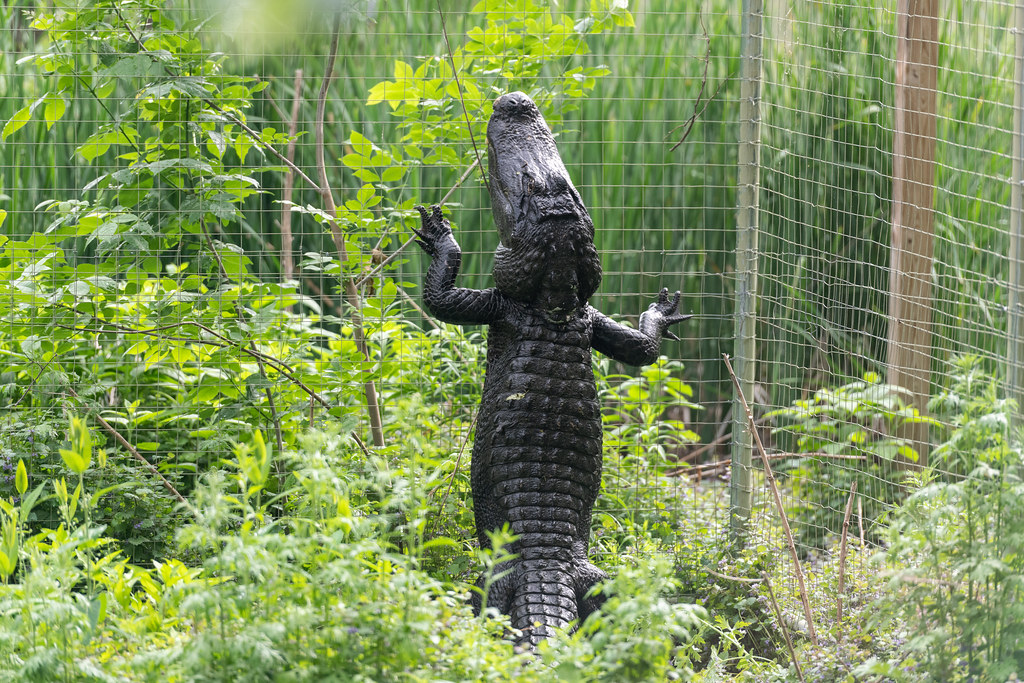
It may sound impossible, but crocodiles can climb trees. These powerful reptiles, often associated with lurking in swampy waters, have been observed climbing trees, especially in certain regions like the East Coast of Australia. While crocodiles may not climb trees in the same way as primates, they do have the ability to scale low-hanging branches or steep riverbanks. Using their muscular tails and webbed feet, they can propel themselves upward, although this behavior is not as common as their aquatic lifestyle. Crocs usually climb trees to bask in the sun or to escape from larger predators like sharks or other crocodiles. Their unique ability to climb, even if it is limited to small distances, has made them formidable hunters and survivors. Sometimes, they climb trees to gain a better vantage point for spotting prey, which is quite the advantage in murky waters. Although crocodiles are better suited for life in the water, their surprising ability to climb trees demonstrates their versatility and adaptability in nature. If you ever find yourself in the wild near a crocodile, be aware that they may not just be lurking at the water’s edge—they could be lounging above you in a tree! This behavior has caused some confusion, as we generally associate reptiles with being land- or water-bound, but crocs have proven time and again how resourceful they can be in their pursuit of survival.
2. Octopuses Have Three Hearts
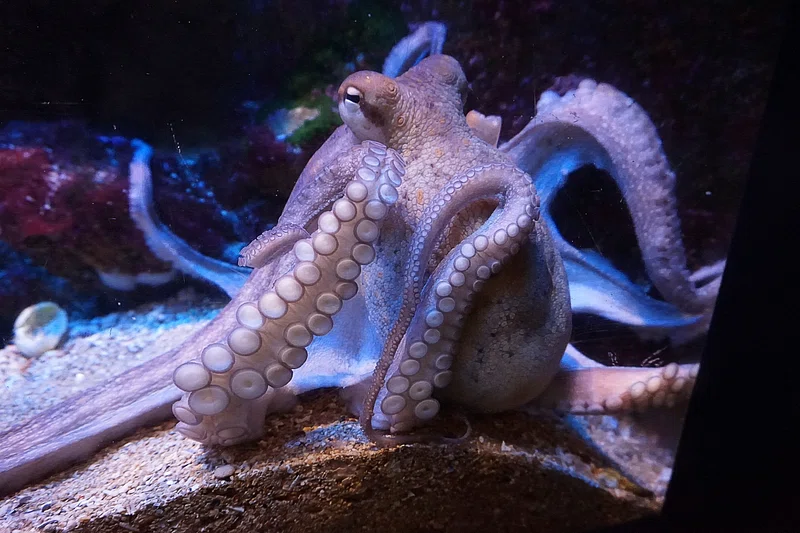
Octopuses are some of the most fascinating creatures in the ocean, and their anatomy only adds to their mystery. They have three hearts, each with a specific function. One heart pumps blood to the rest of the body, while the other two hearts pump blood to the gills, where oxygen is absorbed. This specialized circulatory system helps the octopus survive in the deep, oxygen-poor waters of the ocean. When an octopus swims, however, the heart that pumps blood to the body stops beating, which is why octopuses prefer crawling to swimming. This adaptation allows them to conserve energy, as swimming can be taxing for these otherwise efficient hunters. The three-heart system is just one of the many unique aspects of octopus biology. Along with their ability to change color, regenerate limbs, and fit through tiny spaces, octopuses are proof that nature can create truly bizarre and effective solutions to survive in the depths of the ocean. Their complex physiology is essential for their survival in harsh environments, making them one of the ocean’s most remarkable creatures. Despite their alien-like qualities, octopuses are intelligent, and their ability to solve problems shows just how extraordinary their anatomy is.
3. Wombats Have Cube-Shaped Poop
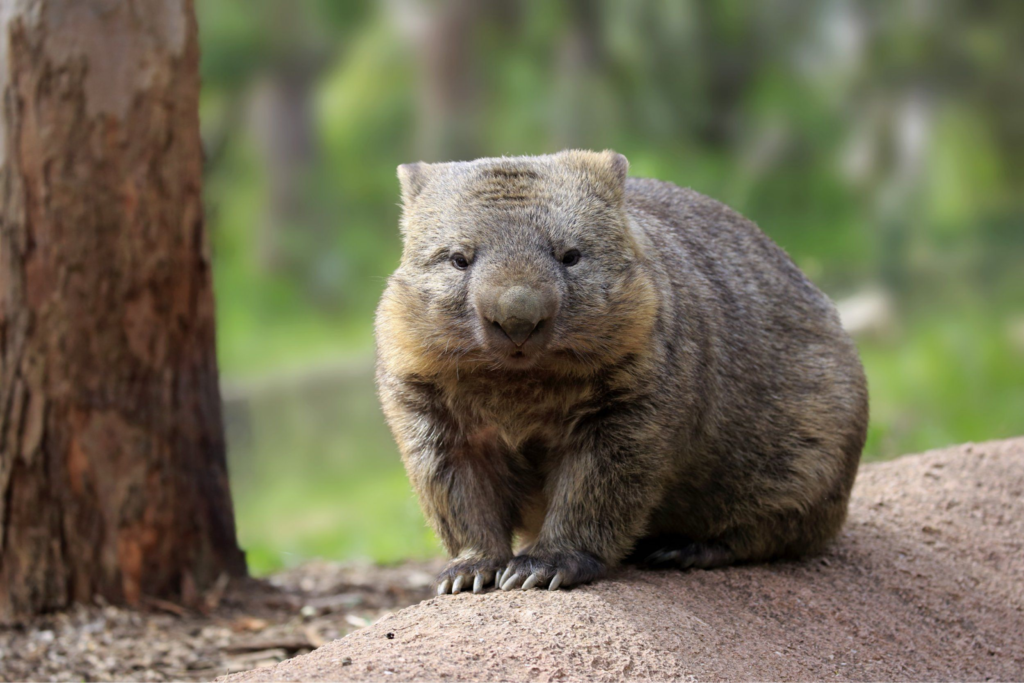
Wombats, native to Australia, are known for their adorable appearance, but they also have a peculiar trait that’s enough to make anyone take a second look: their poop is cube-shaped. While most animals produce round or oval-shaped droppings, wombats’ feces are uniquely square. This happens because of the way their digestive system is structured. Wombats have incredibly slow digestive systems, and their intestines are designed to absorb as much water and nutrients as possible from their food. As a result, the waste becomes compacted and shaped into cubes by the time it exits the body. This unusual poop shape serves a practical purpose: it doesn’t roll away, which is especially useful for marking territory. Wombats are solitary creatures and use their droppings to communicate with others of their species, so the square shape ensures that their scent remains in one place. Interestingly, wombats’ digestive systems are so efficient that they can live in areas with scarce food sources. Their ability to conserve water and nutrients makes them well-adapted to the dry Australian outback, where their cube-shaped droppings are just another quirky feature of their fascinating biology.
4. Sloths Can Hold Their Breath Longer Than Dolphins
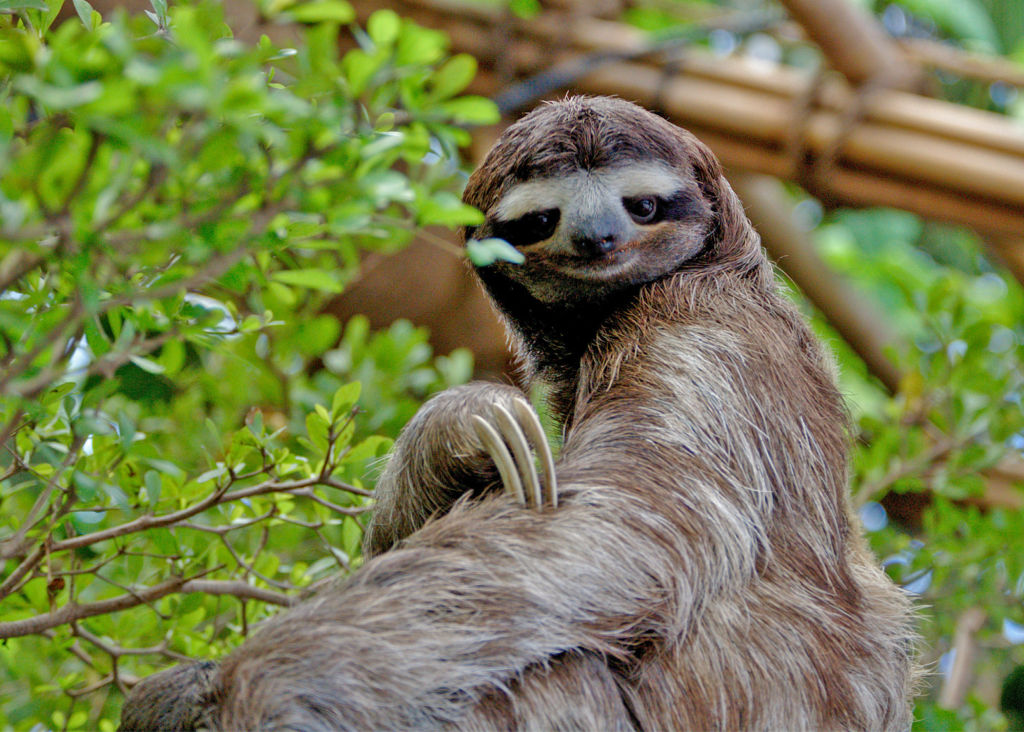
Sloths, known for their slow movement and relaxed lifestyles, have another surprising ability: they can hold their breath longer than dolphins. Sloths, particularly the three-toed variety, can hold their breath for up to 40 minutes when submerged in water. This is due to their extremely slow metabolism, which allows them to conserve oxygen for extended periods. Unlike dolphins, which are known for their ability to dive deep and hold their breath while hunting, sloths are not swimmers by nature, but they can float and move slowly across rivers. Their slow metabolism also means they don’t need to breathe frequently, so when they do go underwater, they can do so for a remarkably long time. When sloths swim, they often use their long arms to pull themselves along the water, and their natural buoyancy helps them stay afloat. They don’t swim often, but when they do, they can travel surprisingly long distances. This ability to hold their breath allows them to cross rivers and streams without expending too much energy. The fact that sloths, with their lethargic, tree-dwelling habits, can outperform dolphins in this respect is a testament to the many ways animals have adapted to their environments in unexpected ways.
5. Elephants Can Hear Through Their Feet

Elephants are known for their large ears and impressive sense of hearing, but what’s truly remarkable is that they can hear through their feet. Elephants have specialized cells in their feet that allow them to detect vibrations traveling through the ground. These vibrations can come from the movement of other elephants, distant thunderstorms, or even seismic activity. Elephants use these vibrations to communicate over long distances, often with herds miles away. The information picked up through the ground helps them coordinate movement, find water sources, or avoid potential threats. When elephants are in the wild, they’re constantly communicating with each other using both sound and vibrations. Their feet act as sensory tools, giving them a deeper understanding of their surroundings. This ability also makes them sensitive to the presence of other animals and even human activity, which can affect their behavior. The way elephants perceive their environment shows how deeply connected they are to the earth beneath their feet, allowing them to thrive in the vast savannahs and forests they call home.
6. Giraffes Have No Vocal Cords
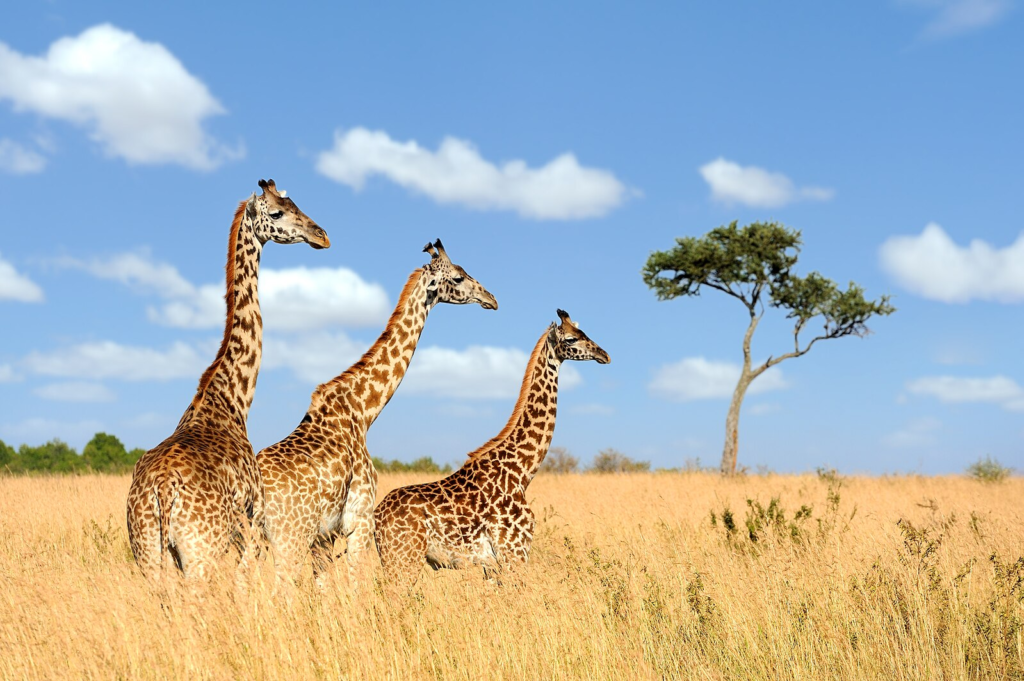
Giraffes are the tallest animals on land, and their lack of vocal cords only adds to their unusual nature. Despite their towering presence, giraffes do not produce sounds the way most other animals do. They lack the vocal cords necessary for producing a range of noises, which means they do not grunt, growl, or vocalize in the same way many other mammals do. However, this doesn’t mean giraffes are silent—they communicate in subtler ways. Giraffes communicate through body language, such as neck movements or head positioning, and sometimes use low-frequency sounds that are too soft for the human ear to hear. They may also communicate using infrasound, which can travel long distances and is undetectable by humans. Although giraffes don’t rely on vocalizations like many other animals, their ability to communicate effectively using different methods is an important aspect of their social lives. In the wild, giraffes use these forms of communication to maintain social bonds within their herds and to avoid potential dangers. Their lack of vocal cords may seem strange, but it’s just another example of how animals adapt to their environment in unique ways.
7. Kangaroos Can’t Move Backward

Kangaroos are known for their incredible jumping abilities, but did you know that they cannot move backward? Their powerful hind legs are built for forward motion, and the structure of their hips and legs makes it impossible for them to move in reverse. This unique characteristic of kangaroos is not just a quirky fact—it’s also part of their evolutionary design. The inability to move backward means that kangaroos must continuously move forward in search of food and water, making them efficient foragers and travelers across the Australian landscape. This forward-only motion is perfect for their lifestyle in open grasslands and forests, where they cover vast distances while hopping. Their large tails, which act as a counterbalance to their powerful legs, help them maintain stability while hopping. Interestingly, this “forward-only” characteristic has become symbolic of perseverance and progress. Kangaroos cannot retrace their steps, so they rely on continuous movement to survive and thrive in their harsh environment. This limitation makes them even more fascinating, as it’s a perfect example of how animals adapt to their ecological niche.
8. Tardigrades Can Survive in Space

Tardigrades, also known as water bears, are microscopic creatures that are nearly indestructible. These tiny organisms can survive extreme conditions, including boiling and freezing temperatures, radiation, and even the vacuum of space. In 2007, scientists sent tardigrades into space as part of an experiment, and the creatures were able to survive the harsh environment of outer space by going into a state called cryptobiosis. In this state, their metabolism essentially shuts down, and they dry out, allowing them to endure conditions that would be fatal for most life forms. When rehydrated, tardigrades can return to their normal metabolic state and continue living. Their resilience is unparalleled, and they are capable of surviving even the most extreme environments, from the deep sea to outer space. Tardigrades’ ability to endure conditions such as zero gravity and radiation makes them the ultimate survivors of the biological world. They have earned a reputation as some of the toughest creatures on Earth, and their ability to survive in space challenges our understanding of life’s limits. These microscopic creatures are proof that life can exist and endure in the most unexpected places.
9. Some Snakes Can Fly
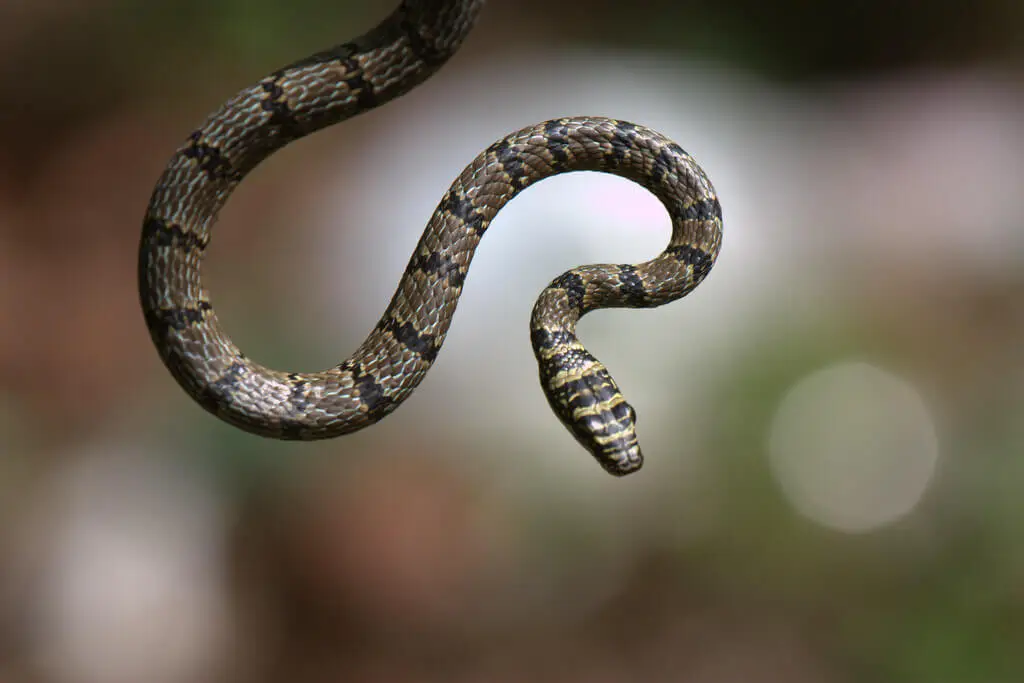
Flying snakes, also known as “gliding snakes,” are a real thing. While they don’t exactly “fly,” these snakes can glide long distances by flattening their bodies and launching themselves from trees or structures. The snake undulates its body side to side, creating an aerodynamic shape that allows it to glide through the air. These snakes use this ability to escape predators or to move between trees in search of food or mates. The flying snake’s skill has been well-documented in tropical regions, where these snakes are found in Southeast Asia and parts of India. Despite their ability to glide, these snakes are harmless to humans and primarily feed on small animals like rodents, birds, and lizards. The physics behind their flight-like abilities is a mix of precision movement and body manipulation, making them one of the most unique creatures in the animal kingdom. These snakes don’t glide in the traditional sense of soaring through the air like birds; instead, they control their gliding by making sharp turns and adjustments mid-air. The sight of a snake gracefully gliding through the air is a striking reminder of how animals can defy our expectations.
10. Some Frogs Can Survive Being Frozen
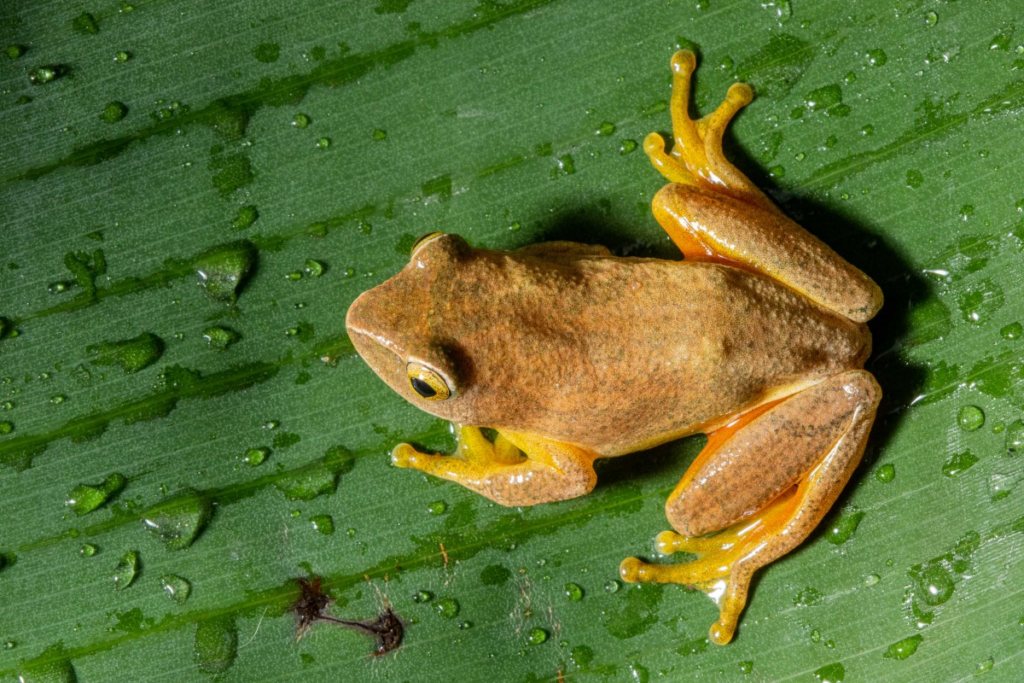
Frogs, typically associated with wet, warm environments, have another remarkable ability: some can survive being frozen. The wood frog, for example, has the ability to enter a state of suspended animation during winter months. When temperatures drop, the frog’s body freezes, and its heart stops beating. However, its body produces a sugar known as glucose, which protects its cells from damage during the freezing process. This glucose essentially prevents the formation of ice crystals that could destroy tissue, allowing the frog to survive in subzero conditions. When the temperatures warm up again, the frog thaws out and resumes its normal activity as though nothing had happened. This remarkable survival tactic is vital for frogs living in colder climates, as it allows them to survive harsh winters when many other animals would perish. The wood frog’s ability to survive freezing temperatures is a fascinating example of how life adapts to extreme environmental challenges.
11. Crows Can Recognize Human Faces
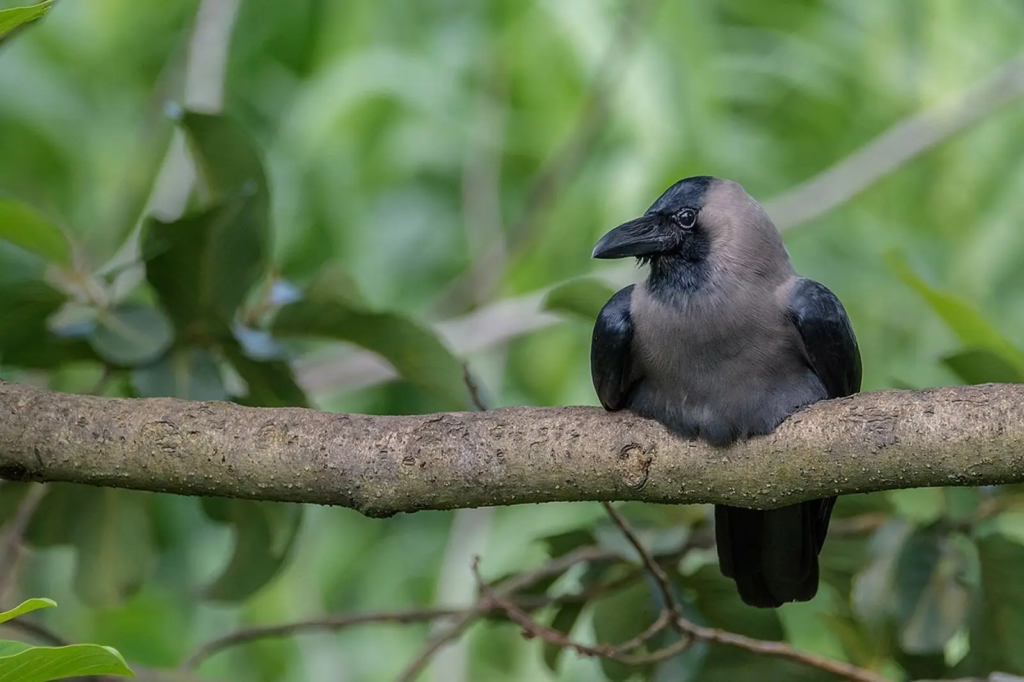
Crows are not only highly intelligent, but they also have the ability to recognize human faces. In a study conducted by researchers, crows were shown to remember and identify specific people, even after years had passed. These birds can associate a person’s face with past experiences, whether positive or negative, and will adjust their behavior accordingly. If a crow has had a negative encounter with a person, such as being threatened or attacked, it will avoid that person in the future. Conversely, if the crow has had positive experiences with someone, such as being fed, it will approach that person without fear. The remarkable cognitive abilities of crows extend beyond face recognition; they also include the use of tools, complex problem-solving, and social interactions with others in their community. This level of intelligence is rare in the animal kingdom and shows how crows are not just scavengers, but also sentient beings capable of remembering and learning from their environment. Crows’ ability to remember and recognize human faces also has practical implications, helping them avoid danger and navigate the human-dominated landscapes they inhabit.
12. Some Sharks Can Live for Hundreds of Years
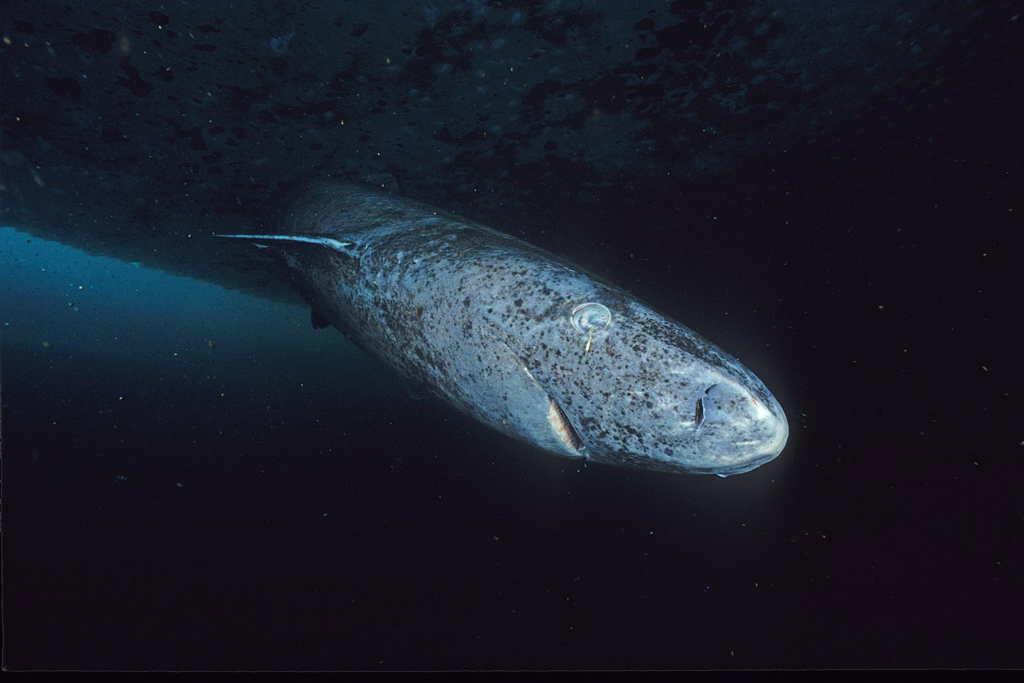
Sharks are among the oldest creatures on Earth, and some species can live for hundreds of years. The Greenland shark, for example, is believed to have a lifespan of up to 400 years, making it the longest-lived vertebrate known. These slow-growing, deep-dwelling sharks don’t reach maturity until they are around 150 years old, which means they live most of their lives growing and surviving in the cold, dark waters of the Arctic and North Atlantic. The extraordinary lifespan of the Greenland shark is still a topic of scientific study, as researchers continue to learn more about how these sharks manage to live so long. Despite their slow growth and long life, Greenland sharks face numerous threats, including changes in their habitat and overfishing. However, their long lifespan is a testament to their ability to thrive in the harshest environments and to survive for centuries in the ocean’s depths.
13. Male Seahorses Carry the Babies
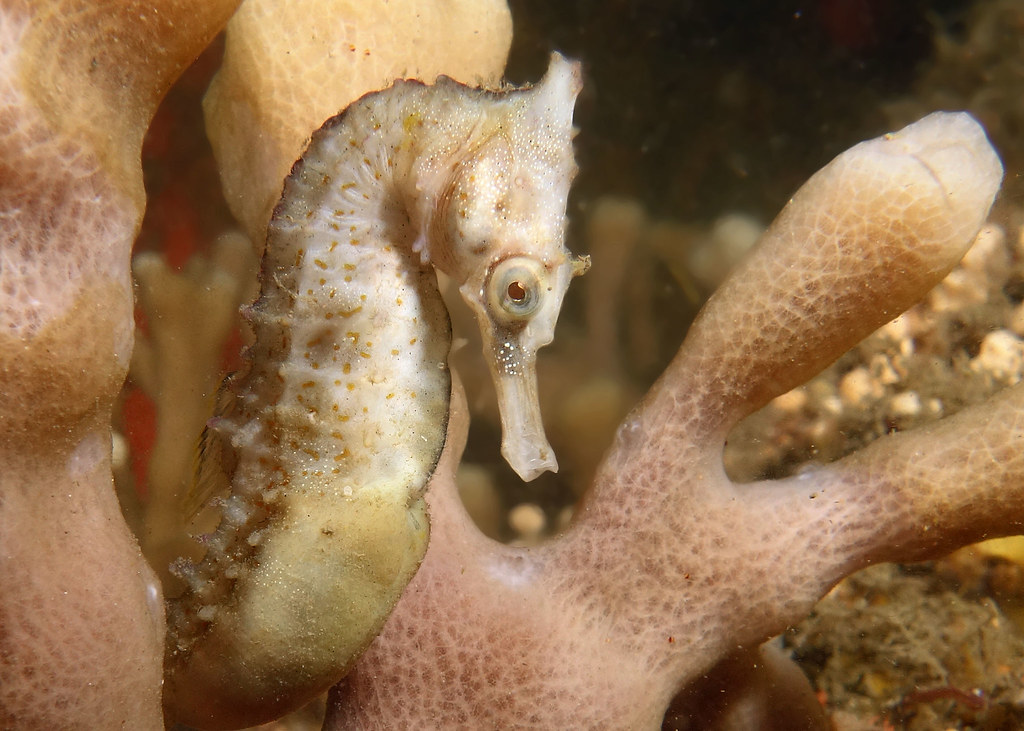
In the animal kingdom, we typically associate pregnancy with females, but male seahorses break this rule. During reproduction, female seahorses transfer their eggs to the male’s specialized brood pouch, where the male fertilizes the eggs and carries them until they hatch. The male seahorse becomes pregnant, nurturing the developing embryos within his pouch until they are fully formed and ready to be released into the water. This unusual role reversal is one of nature’s most remarkable examples of parental care. Male seahorses use their pouch to regulate the environment for the developing babies, adjusting the salinity and temperature to ensure the best possible conditions for growth. After a gestation period that can last up to a month, the male gives birth to tiny, fully-formed seahorses that swim away to start their own lives. This unique form of reproduction has fascinated researchers and made the seahorse a symbol of non-traditional parenting in the animal kingdom.


